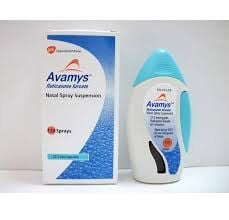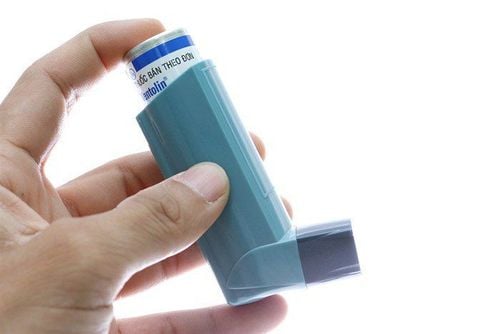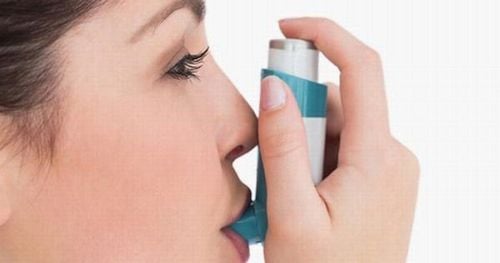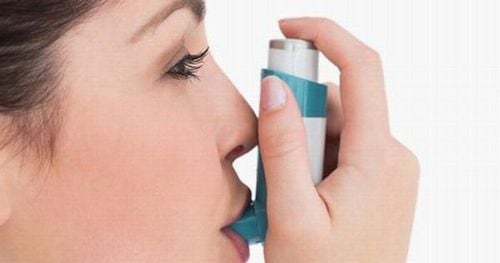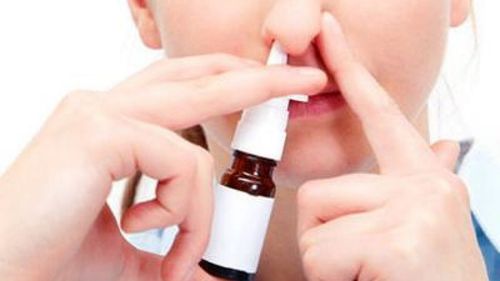This is an automatically translated article.
The article was professionally consulted by Dr. Phan Dinh Thuy Tien - General Internal Medicine - Department of Medical Examination & Internal Medicine - Vinmec Nha Trang International General Hospital.Exercise-induced asthma is caused by the striated muscles around the airways that are very sensitive to changes in temperature and humidity and respond by constricting, narrowing the airways. However, physical activity should not be avoided because of asthma. In fact, physical activity offers many health benefits, especially for patients with asthma. Therefore, in order to improve the effectiveness of treatment as well as improve the quality of life, the patient needs to understand the disease condition in combination with the examination and treatment of asthma according to the protocol of a specialist.
1. Exercise-induced asthma
Exercise-induced asthma is a narrowing of the airways in the lungs triggered by strenuous exercise. It causes shortness of breath, wheezing, coughing, and other symptoms during or after exercise. The correct term for this condition is exercise-induced bronchospasm. Because exercise causes narrowing of the airways (bronchospasm) but not the root cause of asthma.Among people with asthma, exercise may be just one of several factors that can cause shortness of breath. Many people with exercise-induced bronchospasm can continue to exercise and stay active by treating symptoms with common asthma medications and taking preventive measures.
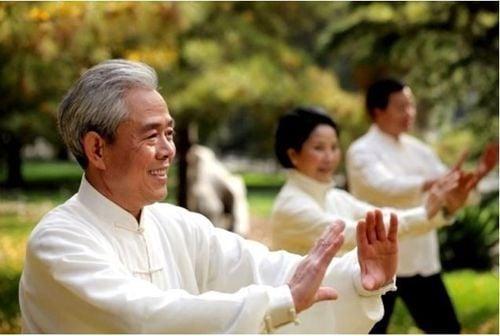
Tập thể dục không đúng cách có thể gây ra bệnh hen xuyễn
2. Symptoms
Signs and symptoms of exercise-induced bronchospasm may begin during or shortly after exercise. These symptoms can last for 60 minutes or longer if left untreated. Symptoms may include:Cough Wheezing Shortness of breath Chest tightness or pain Exercise fatigue Poorer athletic performance Avoiding activity (a sign mainly in young children) In the presence of these signs and Serious symptoms affecting health need to see a doctor for examination and diagnosis and a quick treatment plan. Worse symptoms, such as:
Shortness of breath or rapidly increasing wheezing, labored breathing. Does not improve even after using prescription inhalers for asthma attacks.
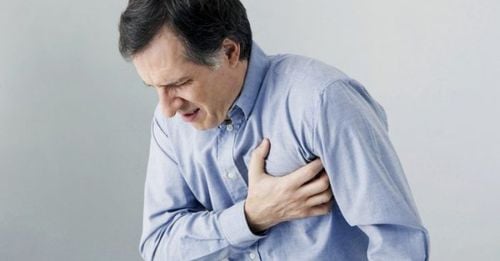
Khó thở, mệt mỏi là những triệu chứng của bệnh hen suyễn
3. Cause
The cause of exercise-induced bronchospasm remains unknown. There may be more than one biological process involved. People with exercise-induced bronchospasm are prone to inflammation and possible excess mucus production after strenuous exercise.4. Risk factors
Exercise-induced bronchospasm is more likely to occur in:People with asthma . About 90% of people with asthma experience exercise-induced bronchospasm. However, the condition can also occur in people who do not have asthma. Athletes (athletics, gymnastics). Although anyone can experience exercise-induced bronchospasm, it is more common in athletes. Factors that may increase disease risk or play a role include:
Cold air Dry air Air pollution Chlorine in swimming pools Chemicals used with ice rink resurfacing equipment activity with prolonged periods of deep breathing, like long-distance running, swimming, or soccer
5. Treatment
For patients with exercise-induced asthma, doctors may prescribe medication to be taken by mouth or inhaled just before exercise or daily for long-term control.5.1. Prescription drugs used before exercise
This medication is used to help reduce or prevent exercise-induced bronchospasm. Be sure to tell your doctor how long you need to keep taking medications and exercising. Medicines in this class include:Short-acting beta-agonists are inhalers that help open up the airways. These are the most commonly used and most effective pre-exercise medications. However, daily use of these drugs is not recommended, as the body can tolerate these drugs. These medications include albuterol (ProAir HFA, Proventil HFA, Ventolin HFA) and levalbuterol (Xopenex HFA). Ipratropium (Atrovent HFA) is an inhaled medicine that relaxes the airways and may be effective for some people. A generic version of ipratropium can also be taken with a nebulizer.
5.2. Long-term control drugs
Your doctor may prescribe a long-term controller medication before daily exercise, to control underlying chronic asthma, or to control pre-exercise symptoms for which treatment is ineffective. These medications, which are usually taken daily include:Inhaled corticosteroids that help suppress inflammation in the airways. Patients may need to use this treatment for up to four weeks before it is most effective. Inhaled corticosteroid medications include fluticasone (Flovent Diskus, Flovent HFA), budesonide (Pulmicort Flexhaler), mometasone (Asmanex Twisthaler), and beclomethasone (Qvar). A combination inhaler that contains a corticosteroid and a long-acting beta agonist (LABA), which is a type of medicine that dilates the airways. Although these inhalers are prescribed for long-term control, your doctor may recommend using them before exercise. Combination inhalers include fluticasone and salmeterol (Advair Diskus), budesonide and formoterol (Symbicort), and mometasone and formoterol (Dulera). Leukotriene modifiers are oral medications that can block inflammatory activity for some people. These medications can be taken daily or as a pre-exercise prophylactic if taken at least two hours in advance. Examples include montelukast (Singulair), zafirlukast (Accolate), and zileuton (Zyflo, Zyflo CR).
6. Prevention
Always use your inhaler before you start exercising. This helps control and prevent exercise-induced asthma symptoms. Perform warm-up exercises to warm up and maintain an appropriate cool-down period after exercise. If the weather is cold, exercise indoors or wear a mask or scarf over your nose and mouth. Avoid exercising outdoors when pollen counts are high (if you have allergies), and also avoid exercising outdoors when there is high air pollution, or extremely cold outdoor temperatures. Limit exercise when infected with the virus. Exercise at the right level. Asthma patients should not avoid exercise because of the disease. Asthma patients need to be diagnosed and treated properly, exercise will bring many benefits to health as well as improving quality of life.Currently, Vinmec International General Hospital has an asthma screening package for patients with bronchial asthma. Vinmec's asthma screening package helps:
Screening for early detection to promptly control and treat the disease Perform clinical examination, take medical history, measure respiratory function, otolaryngology and clinical examination bronchial filter. When registering for the Asthma Screening Package, customers will receive:
01 appointment with an Allergist - Clinical Immunologist (Vinmec Hanoi) 01 time for screening tests. respiratory function Measure FeNo (Vinmec Hanoi) Otolaryngoscopy Endoscopy Allergen testing Dr. Thuy Tien has 18 years of experience in medical examination and treatment. Currently working as a General Internal Medicine Doctor, Department of Medical Examination and Internal Medicine, Vinmec Nha Trang International General Hospital.
Please dial HOTLINE for more information or register for an appointment HERE. Download MyVinmec app to make appointments faster and to manage your bookings easily.
Articles refer to sources: Mayoclinic.org, Webmd.com



